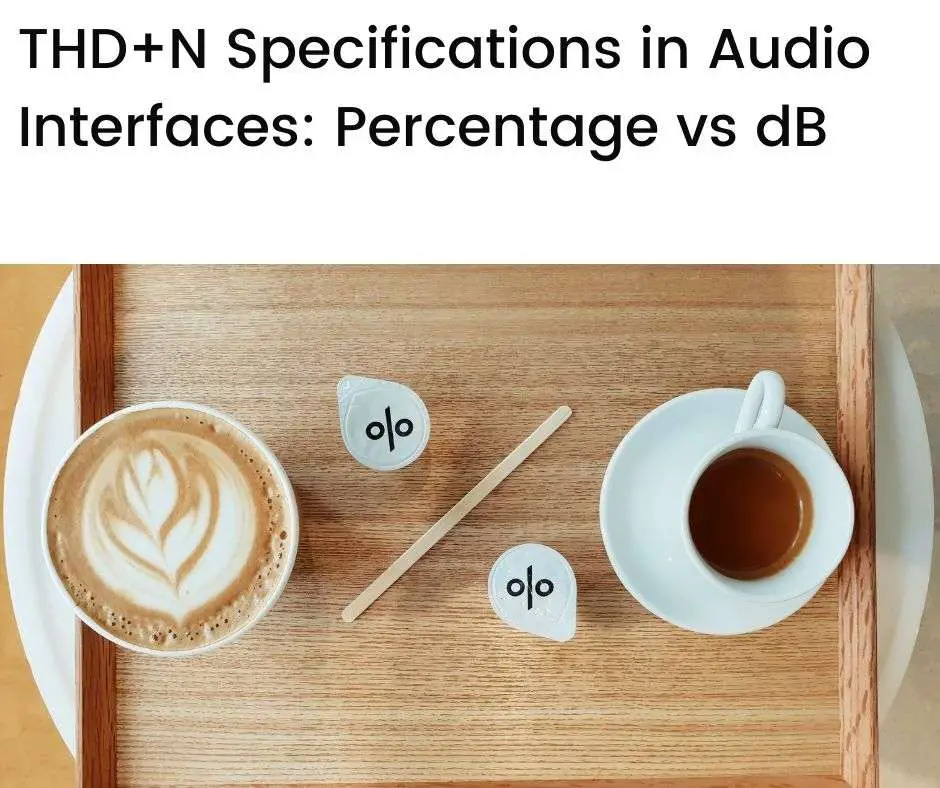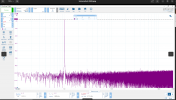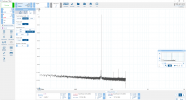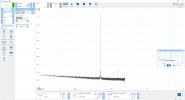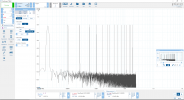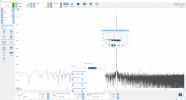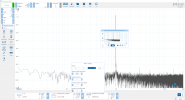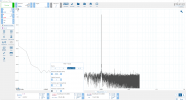Hi all.
I'm looking to verify that I am using the Picoscope properly.
I have a SMSL D-6 DAC which Amir has measured. I'm not expecting the Pico have anywhere near the resolution as the APx555 (obviously).

 www.audiosciencereview.com
www.audiosciencereview.com
But why is this THD+N and SNR so low in 'Spectrum' view but when I just switch to 'Scope view', the same measurement looks a bit more as expected ?
Spectrum view, THD+N and SNR at 54dBc (strangely low):

Just switching to scope view, THD+N = 84dBc
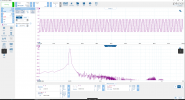
As mentioned I don't expect to see SINAD of 113 dB like Amir found but there is huge difference between 54dBc and 84dBc
I'm obviously doing something wrong somewhere
I'm looking to verify that I am using the Picoscope properly.
I have a SMSL D-6 DAC which Amir has measured. I'm not expecting the Pico have anywhere near the resolution as the APx555 (obviously).

SMSL D-6 DAC Review
This is a review and detailed measurements of the SMSL D-6 balanced stereo DAC with Bluetooth. It was sent to be by Shenzhenaudio and costs US $169.99. I like the compact enclosure even though there is a built-in power supply and balanced outputs. Included volume control lets you bypass a...
 www.audiosciencereview.com
www.audiosciencereview.com
But why is this THD+N and SNR so low in 'Spectrum' view but when I just switch to 'Scope view', the same measurement looks a bit more as expected ?
Spectrum view, THD+N and SNR at 54dBc (strangely low):

Just switching to scope view, THD+N = 84dBc

As mentioned I don't expect to see SINAD of 113 dB like Amir found but there is huge difference between 54dBc and 84dBc
I'm obviously doing something wrong somewhere

